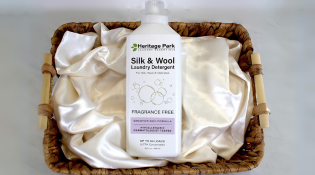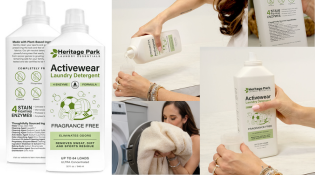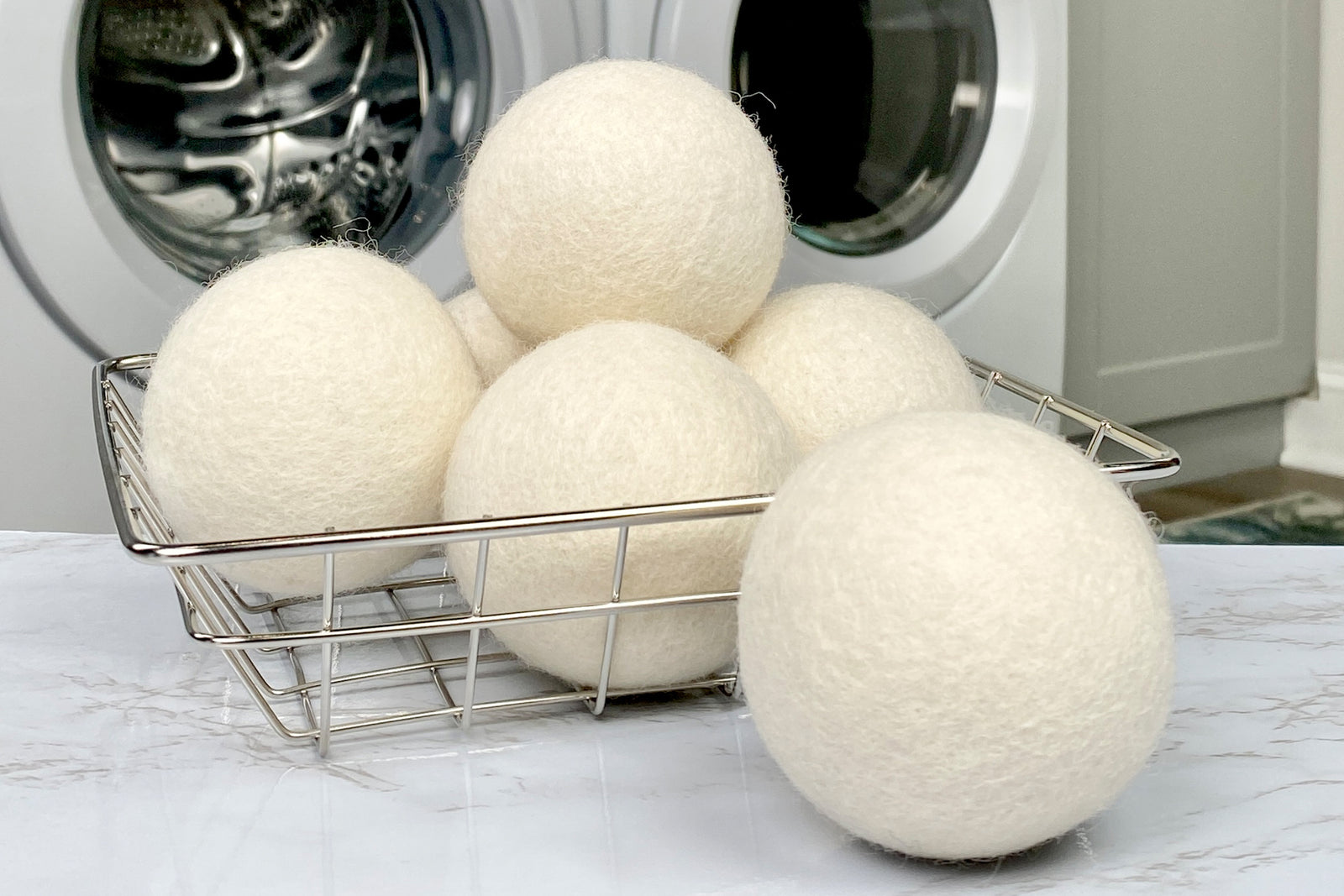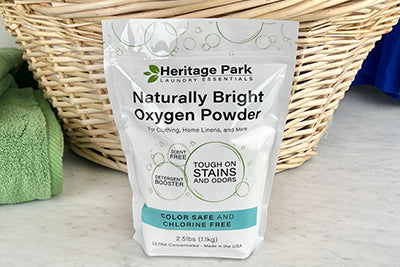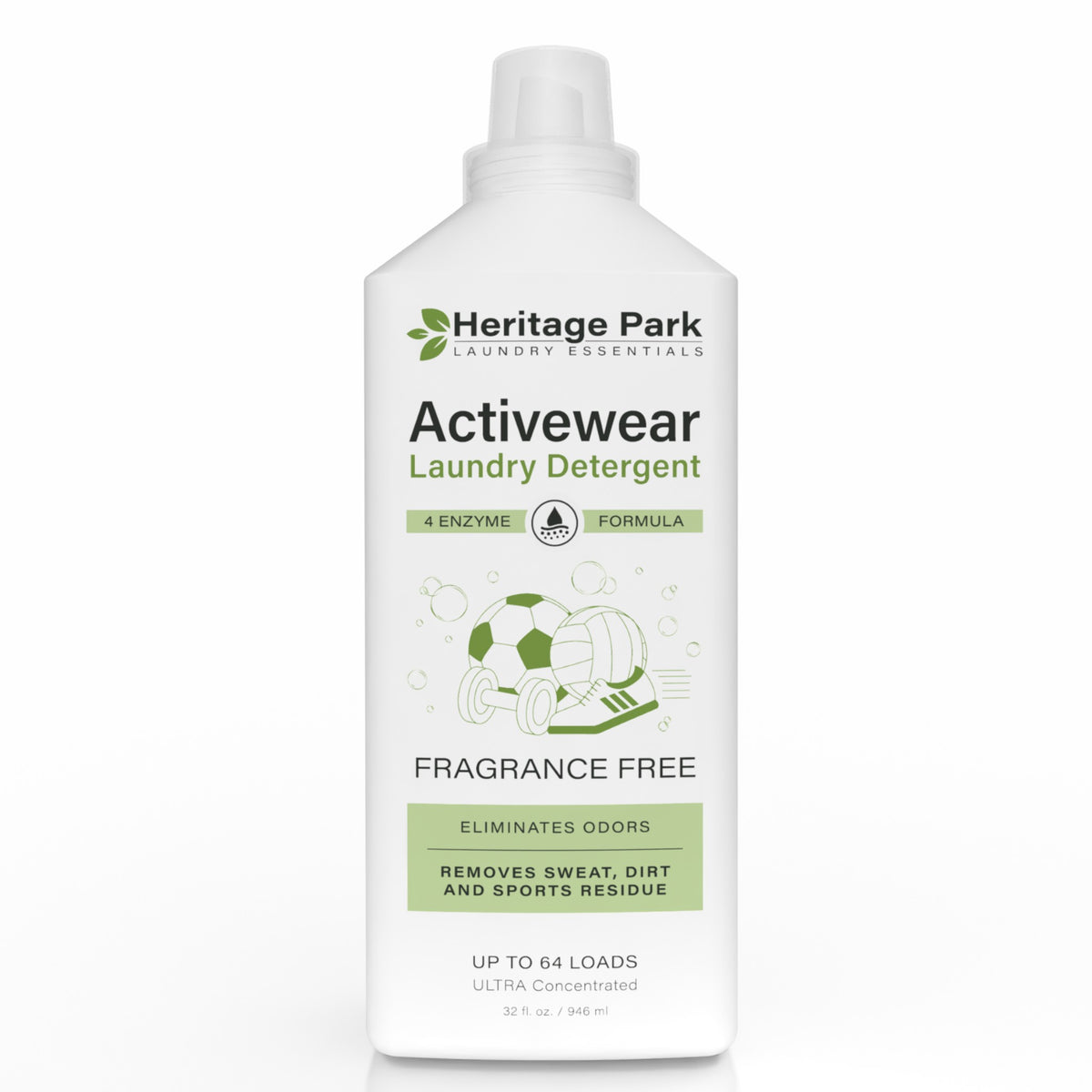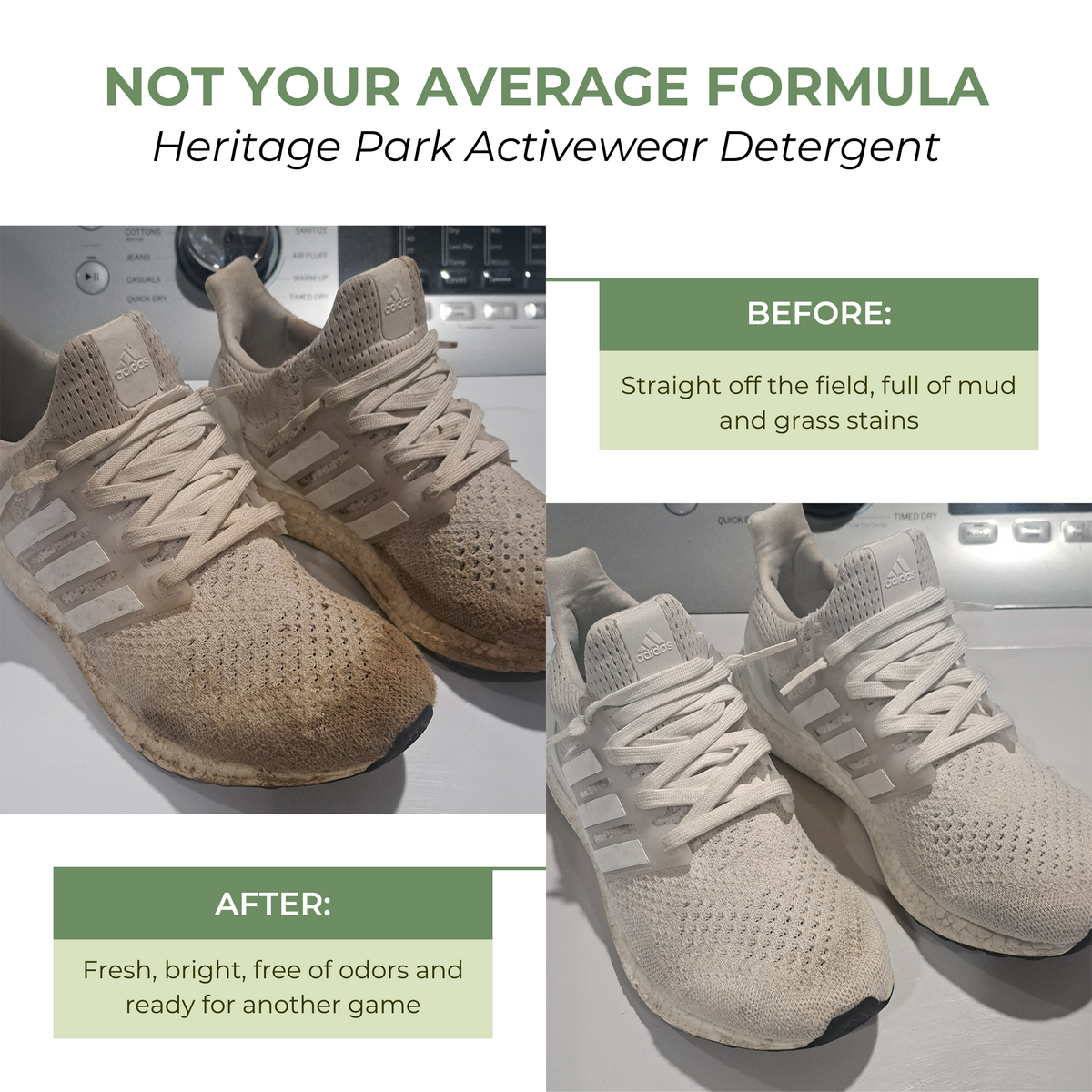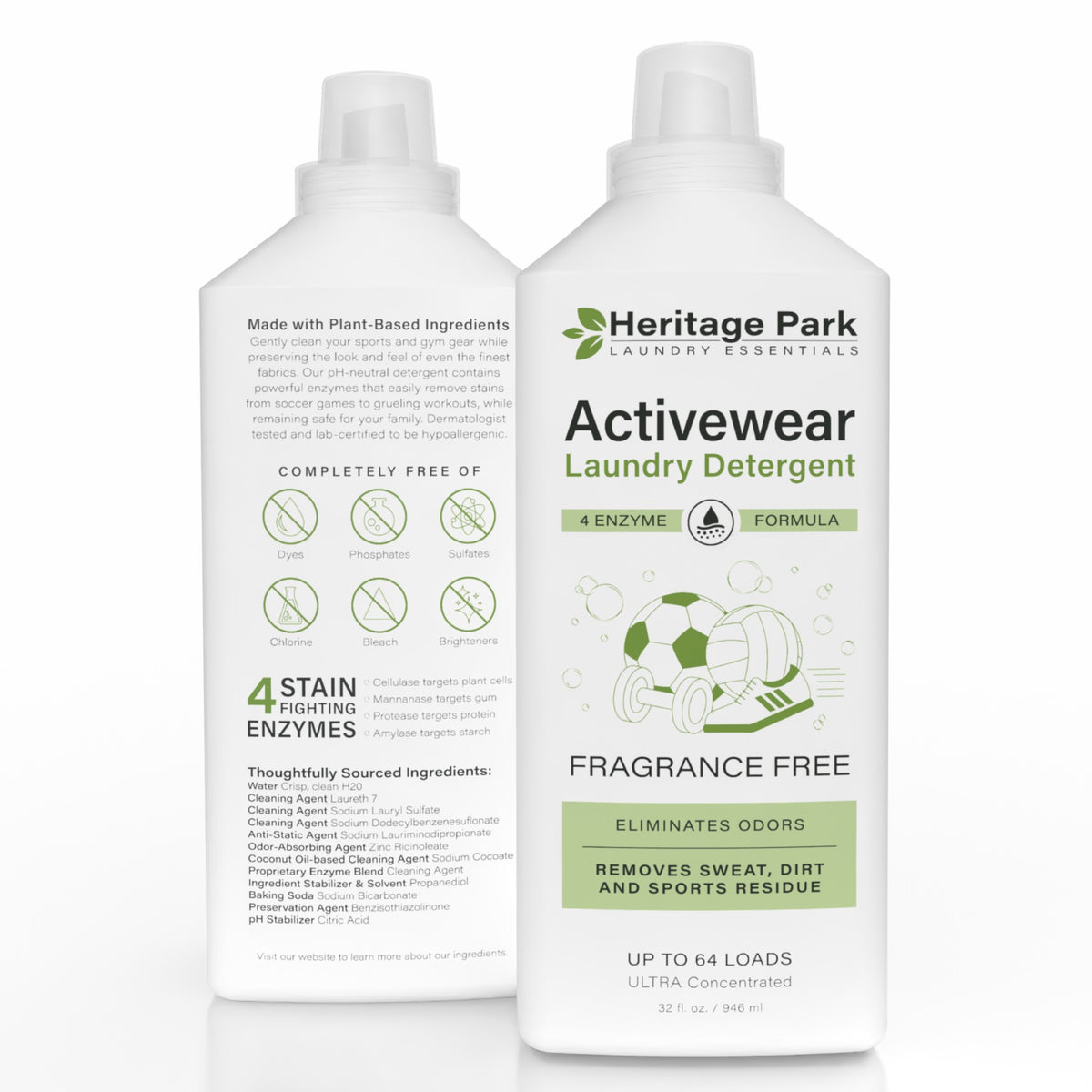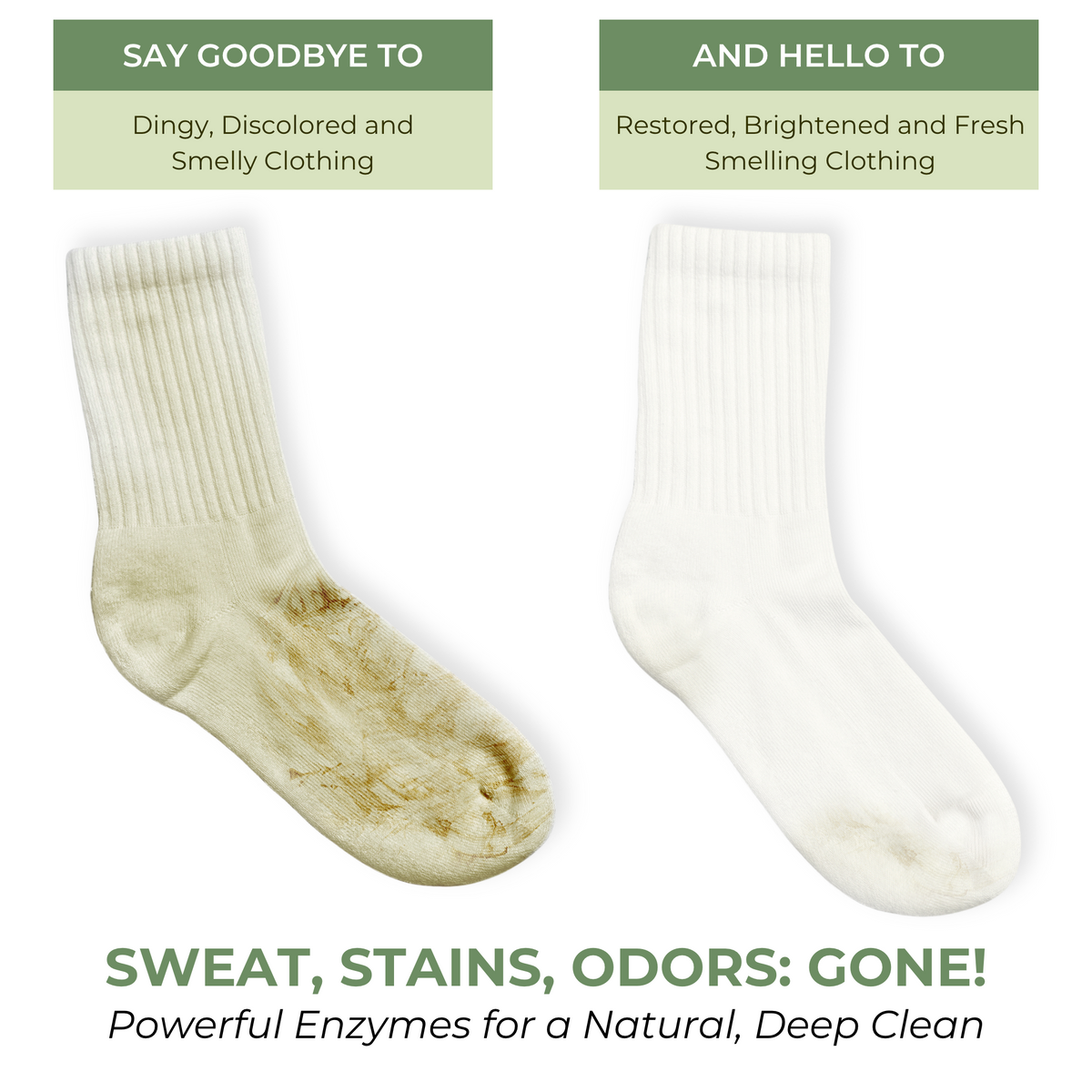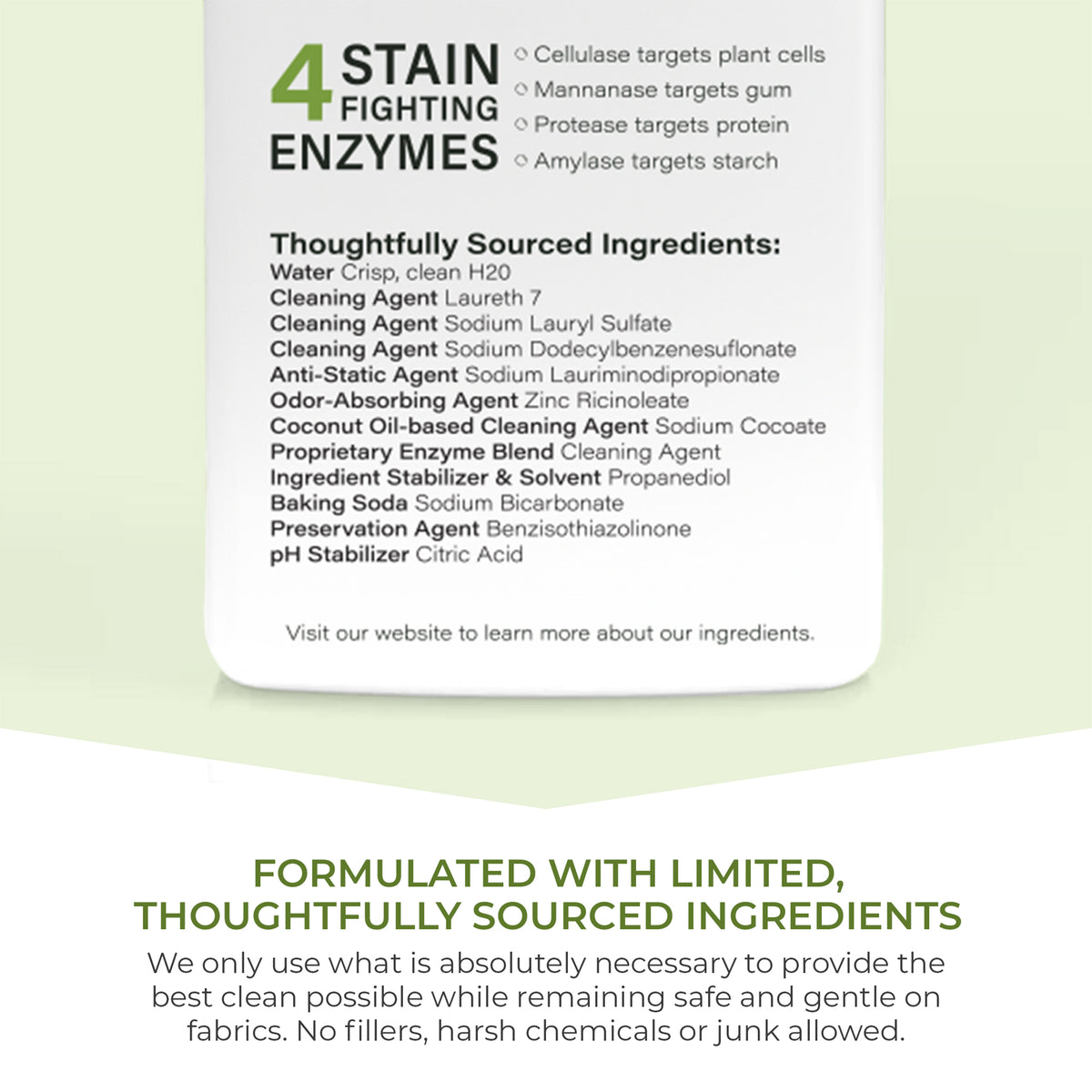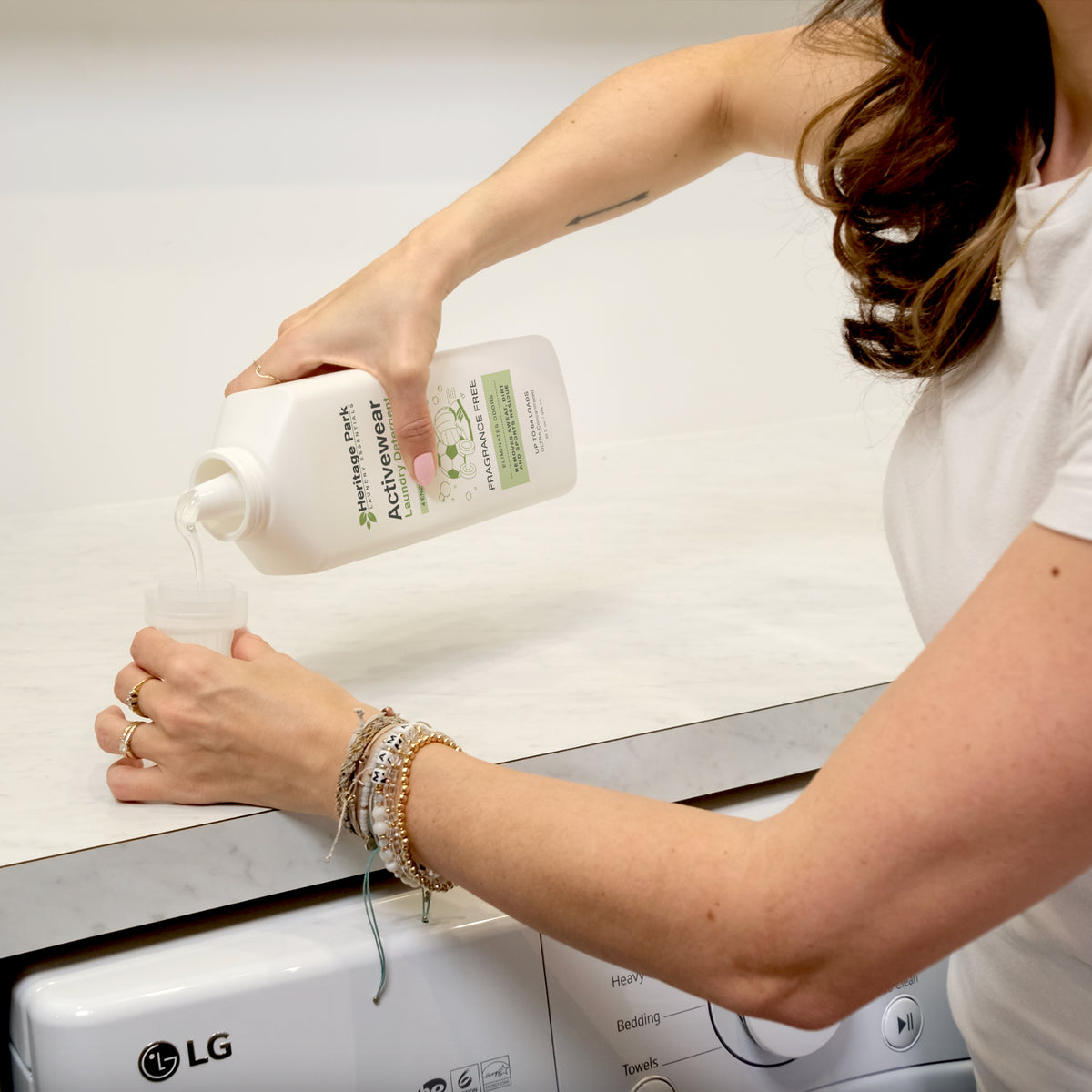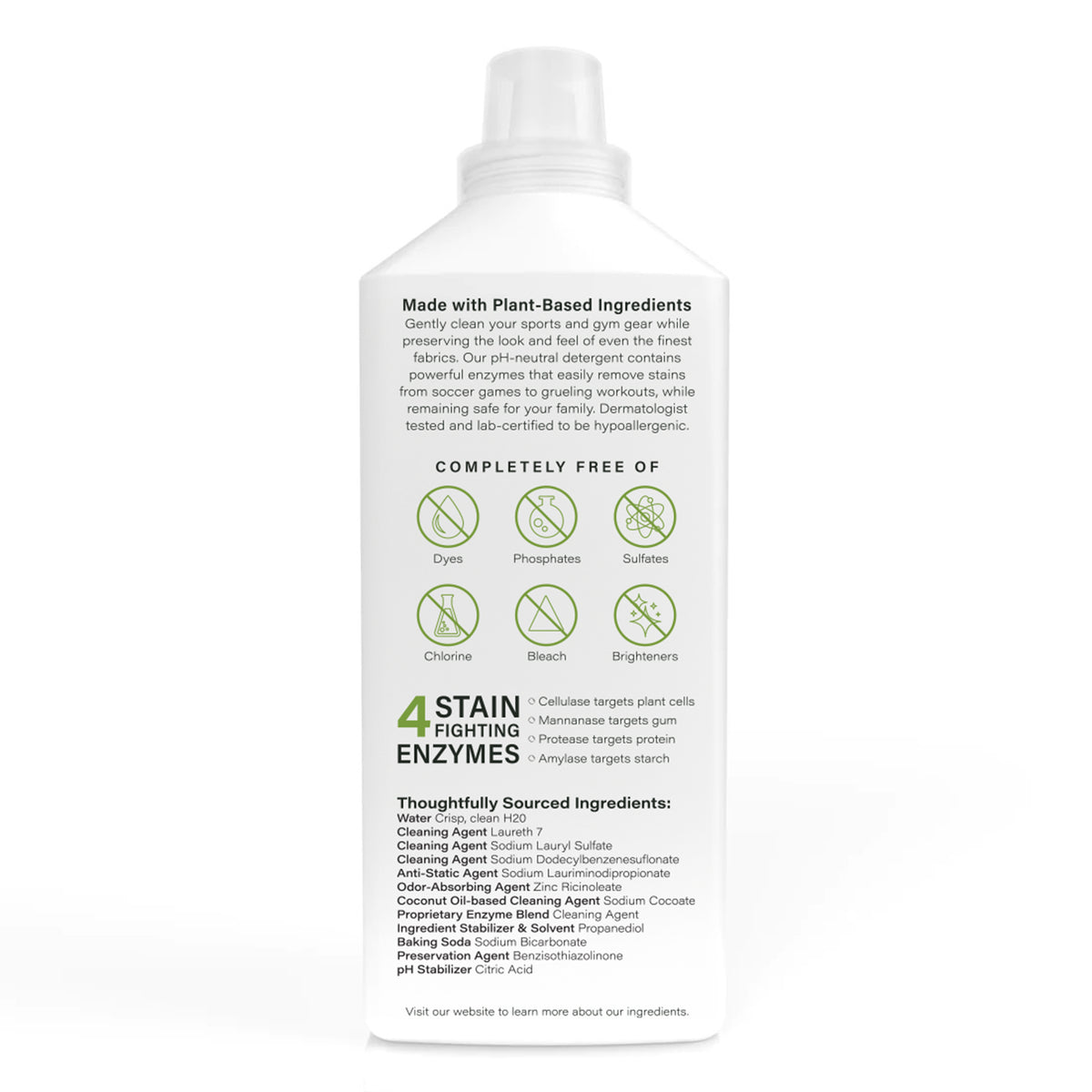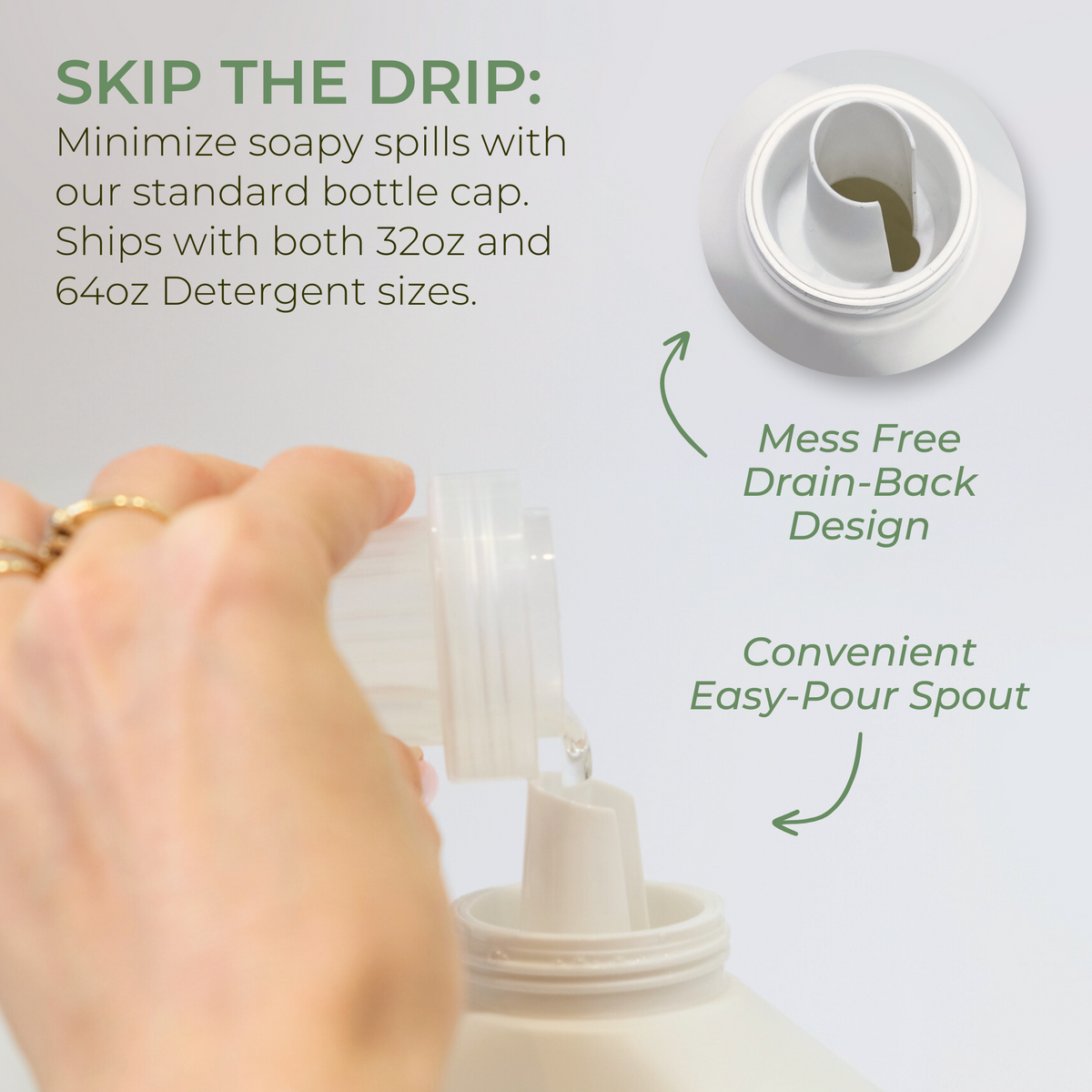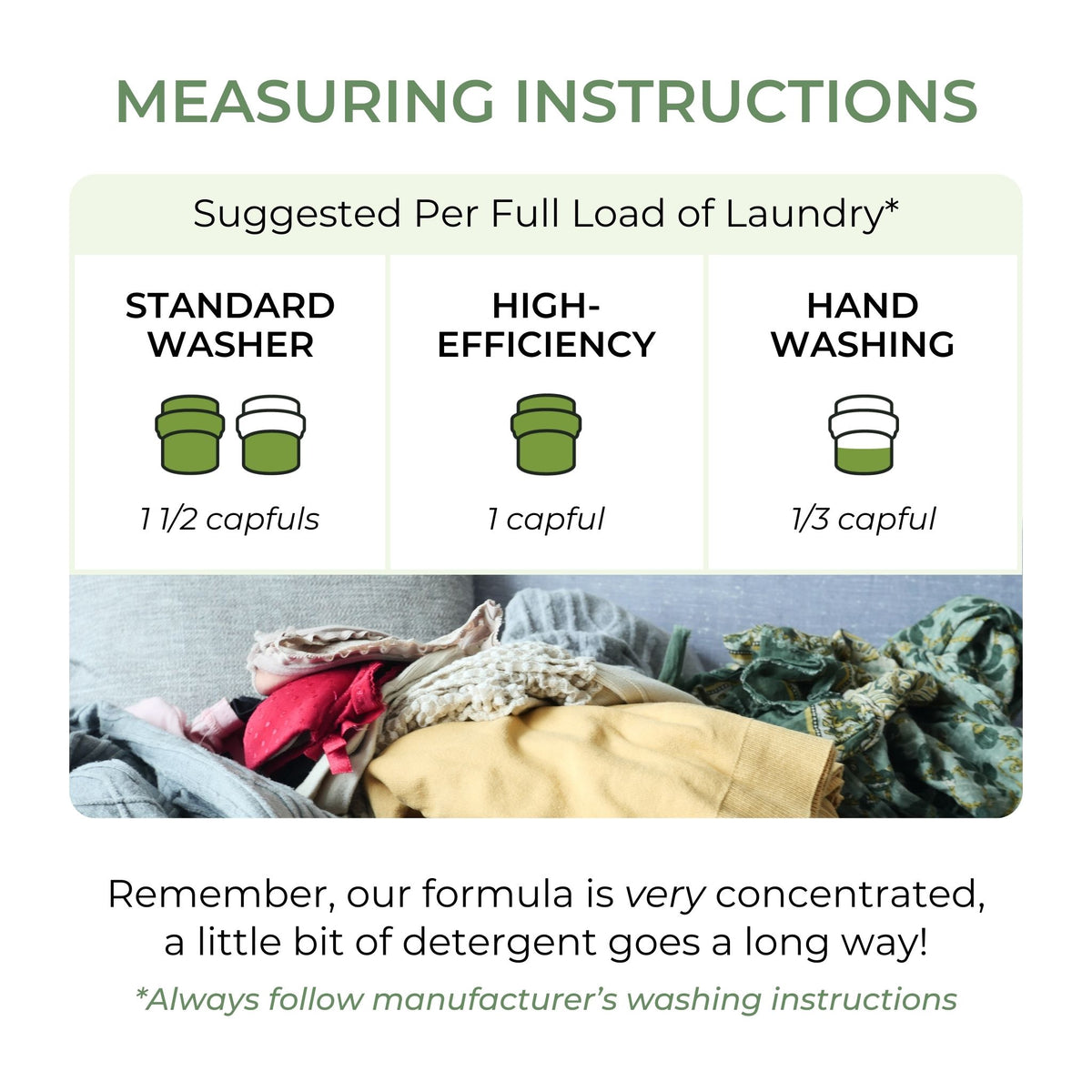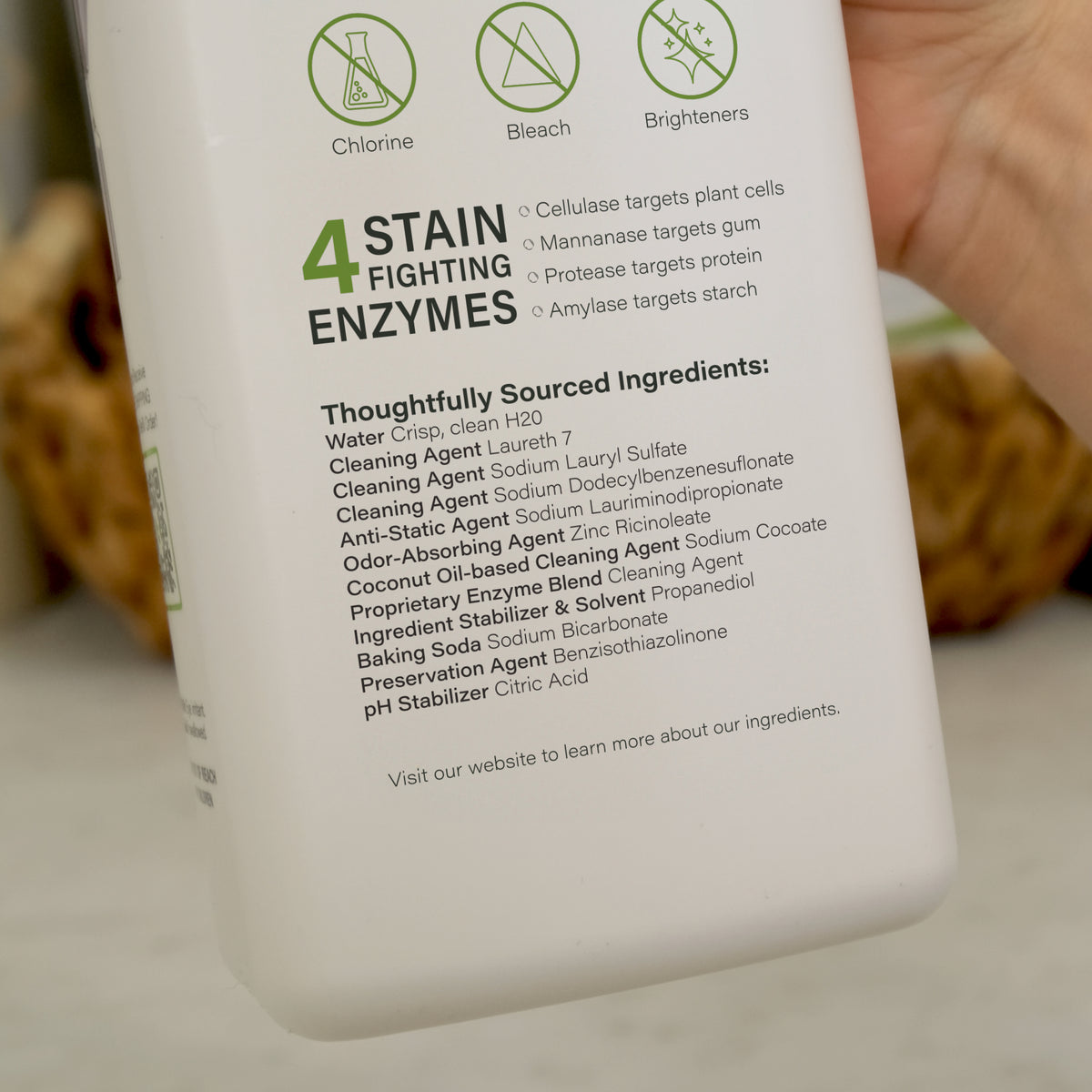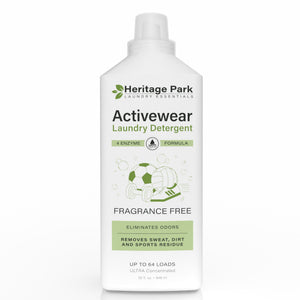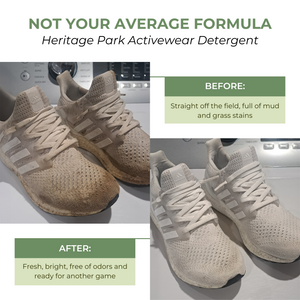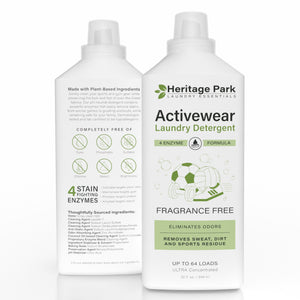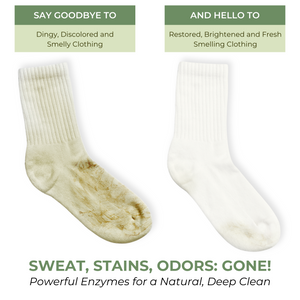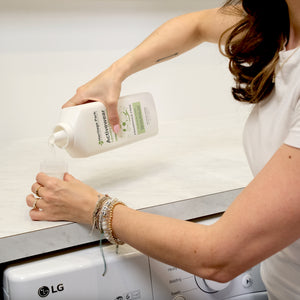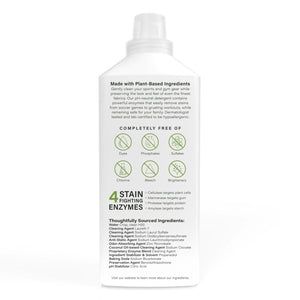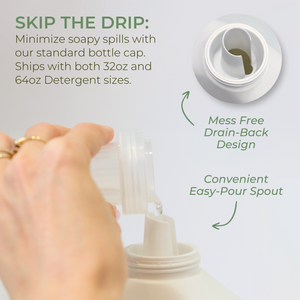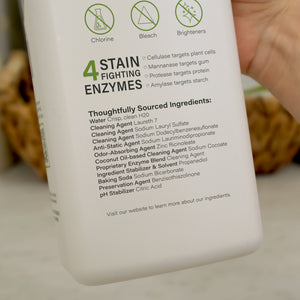This article explains the importance of swim shirts as a form of sun protection. We discuss best practices for washing and caring for these garments, including using activewear detergent and hand washing. Understanding how to wash swimwear properly is essential for maintaining both the protective qualities and appearance of your swim shirts and other swimsuit fabric.
Key Takeaways
|
The summer season is -- pardon the pun -- coming in hot. And in our family, that means an annual scramble to make sure everyone has at least two swim shirts in rotation. Swim shirts -- which help protect skin from harmful UV rays -- are a summer wardrobe essential for everyone from infants on up. Proper swimwear care ensures these protective garments last throughout the season. We'll take a look at why swim shirt fabric is so special and give you our tried and true tips on how to care for and wash your swim shirts to keep them clean and sun safe all summer.
What Is a Swim Shirt? Benefits and How It Protects Your Skin
Swim shirts, sometimes referred to as rash guards, are lightweight, snug-fitting tops designed to protect your skin from the damage and irritation caused by the sun's harmful UV rays. The earliest designs were made for surfers to help prevent rashes from their surfboards (thus, the nickname "rash guard.") You can find swim shirts in sizes and designs that suit the entire family. They are typically made from a polyester/spandex blend for a comfortable, stretchy fit that moves with your body in the water. This special swimwear fabric requires different care than regular clothing to maintain its protective qualities.
Two of our go-to brands for swim shirts are Land's End and L.L. Bean. These outdoor and sport retailers are typically well-stocked and well-priced. We recently scooped up a long-sleeve men's UPF 50 tee shirt and a matching girls' bikini set with swim shirt, both at Land's End. Our girls really appreciate having a coordinated look to match a bathing suit. We've also picked up stylish swim shirts for women at Title Nine. You can even find them at Old Navy (we love this rash guard bodysuit) and Target. Pro tip: shop early for these because they are seasonal items that tend to sell out quickly in brick-and-mortar stores.
Why Swim Shirts Work: Understanding UPF Sun Protection
Now, let's talk about performance. The point of swim shirts is to protect skin from the punishing and dangerous rays of the sun. Every high-quality swim shirt will have a UPF (Ultraviolet Protection Factor) rating listed on the label. This measures the amount of UV radiation that can penetrate the fabric and reach your skin. A shirt with a UPF rating of 50+ blocks at least 98% of the sun's UV rays, providing excellent protection against sunburn and long-term skin damage. Swim shirts are an absolute must in our family. Our children are fair skin and break out in rashes from sun exposure and sometimes even sunscreen; rash guards help prevent that irritation. Understanding proper swimsuit care helps maintain this crucial UV protection.
How Long Do Swim Shirts Last? Tips to Maximize Their Lifespan
While swim shirts are durable and designed to withstand the elements, it's best to wear them for only a season or two. Their UV protective properties can diminish over time due to exposure to sunlight, saltwater, and chlorine. Knowing how to wash swimsuits and swim shirts properly can extend their lifespan significantly. As tempting as it may be to pass down swim shirts to younger siblings or friends, investing in new ones as your child outgrows them is the best way to ensure optimal sun protection.
Best Way to Wash Swim Shirts: Use Gentle Detergent and Hand Wash
To keep your rashguard shirts in top condition and maintain their UPF rating, proper care is essential. Our best advice is to hand-wash your swim shirts with Heritage Park Activewear Detergent. This mild detergent is perfect for washing swimsuits of all types. Specially formulated to clean and protect sports and performance fabric, our Activewear Detergent is ideal for laundering swim shirts. Here's why:
- Effective Cleaning: The double dose of laundry enzymes in Heritage Park Activewear Detergent breaks down and removes sweat, stains, and odors from swim shirts, ensuring they stay fresh and clean. Our enzyme blend also targets the gums often found in personal care products like deodorant and sunscreen.
- Fabric Protection: This gentle detergent cleans and protects the integrity of the wicking and performance fabric, preserving the shirts' UPF rating and extending their lifespan. Using the right mild detergent is crucial when washing swimwear to avoid damaging delicate swimwear fabric.
- Safe and Gentle: The plant-based formula is free from dyes, phosphates, sulfates, chlorine, bleach, and brighteners. It is totally biodegradable.
- Fragrance-Free: Instead of masking odors with perfume, the powerful enzyme blend eliminates stains and odors and won't irritate skin along the way.
How to Wash Swim Shirts: Step-by-Step Guide
To maintain peak protection, your swim shirts really should be washed by hand. Gather the following supplies:
- Heritage Park Activewear Laundry Detergent
- A sink or utility tub for rinsing
- A tub or bucket for washing/soaking (preferred)
- A washing machine with a gentle cycle
- A drying rack or lint-free towel
Step-by-Step: How to Hand Wash Swim Shirts and Swimwear Properly
We always recommend reading the manufacturer's care guidelines before washing anything. If you peruse swim shirt care labels, you will find some that permit machine washing while others specify washing by hand. This can be confusing. Our advice is to err on the side of caution and hand wash your swim tops if possible. This protects delicate fabric from the stretching and wear and tear that diminish sun protection.
Step 1: Rinse your swim shirt with fresh cold water after each use to remove salt water, sand, sweat, and chlorine. Never leave a wet swimsuit balled up in your beach bag, as this can damage the swimsuit fabric.
Step 2: If you cannot wash your shirt immediately, rinse it and hang it to dry to prevent build up of mold and bacteria. Avoid tossing it in a hamper or balling it up wet, which can weaken fabric. This initial rinse is an essential part of proper swimwear care.
Step 3: Fill a tub or basin with cool to lukewarm water. Never use hot water as it can break down the elasticity in swimwear fabric. Add a capful of Heritage Park Activewear Detergent and swish with your hand to mix. Submerge your shirt. Gently massage your shirt to remove dirt and stains, paying special attention to soiled areas. Don't rub.
Step 4: Thoroughly rinse your swim shirt in cold water until all detergent is removed. Do not wring; gently squeeze to remove excess water. Cold water is always best when rinsing swimwear to maintain fabric integrity.
Step 5: Hang your shirt to air dry, avoiding direct sunlight, which can degrade the fabric's UV protection over time. Air dry is the only recommended drying method for all swimwear. NEVER put a rash guard or swim shirt in a dryer, as the heat will break down the fabric's elasticity.
Step 6: When your shirt is completely dry, store it in a cool, dry place away from direct sunlight to preserve its quality and UPF properties. Proper storage is an often overlooked aspect of swimsuit care.
If you have no choice but to machine wash your swim shirt, use a washing machine with a gentle or delicate cycle. Turn the shirt inside out and place it in a mesh laundry bag. Add a small amount of Heritage Park Activewear Detergent and wash on cool or lukewarm water. Avoid warm water or hot water cycles when washing swimsuits, as higher temperatures can damage the elastic fibers. NEVER use fabric softener or bleach. These products can ruin performance fabric. Bleach will cause discoloration and yellowing, and fabric softener leaves will leave a waxy build-up that diminishes the wicking properties of your swim shirt.
You can also follow these guidelines to wash bathing suits, swim trunks, and other swimwear. The process for how to wash swimwear is similar across different types of swimsuit fabric. As always, consult the care instructions on your swimsuit label. When washing bathing suits, be sure to put small items like bikini tops and swim bottoms in a mesh bag and wash in cool water.
Protect Your Swimwear with the Right Detergent: Heritage Park Activewear
Investing in a few high-quality swim shirts is an important part of caring for your family's summer skin. And Heritage Park Activewear Detergent is a great way to care for your swim shirts. The gentle formula removes dirt, stains, and odors while protecting performance fabric. This mild detergent is ideal for all your swimwear care needs. You can also use Heritage Park Activewear Laundry Detergent to clean and deodorize any type of swimwear, workout apparel, and undergarments, sports uniforms, washable knee and elbow pads, and even smelly socks! As always, the Heritage Park team is here to answer any questions you have about our Activewear Detergent or any of our fine laundry products. We are here to make laundry day easier!
Swimwear Care FAQs: Washing, Drying, and Storage Tips
Can I wash my swimsuit in hot water?
No, you should never wash swimwear in hot water. Hot water breaks down the elastic fibers in swimsuit fabric and can cause it to lose shape and stretch out. Always use cold water or lukewarm water when washing swimsuits to preserve their elasticity and color.
How often should I wash my swim shirt or swimsuit?
You should rinse your swimwear after each use in cold water to remove chlorine, salt, and sunscreen. A full wash with mild detergent is recommended every 3-4 uses, or immediately if the swimwear is heavily soiled. Regular rinsing extends the time between full washes and helps preserve the swimsuit fabric.
Why is my swimsuit losing its color and elasticity?
Swimwear fabric can deteriorate when exposed to chlorine, hot water, sunlight, and improper detergents. To preserve color and elasticity, rinse your wet swimsuit immediately after use, wash in cold water with a mild detergent specifically formulated for swimwear care, and always air dry away from direct sunlight.
Can I put my swimsuit in the dryer?
No, never put swimwear in the dryer. The heat from dryers damages swimsuit fabric and breaks down elastic fibers. Always air dry your swimwear by laying it flat or hanging it in a shaded area. Air dry is the only recommended method for drying all types of swimwear.
What's the best way to store swimwear during the off-season?
After thoroughly washing and air drying your swimwear, store it in a cool, dry place away from direct sunlight. Avoid folding swimsuits with rigid hardware that might leave permanent creases. Instead, lay them flat or loosely roll them to maintain the integrity of the swimwear fabric through the off-season.
Why should I use a special detergent for washing swimsuits?
Regular laundry detergents can be too harsh for delicate swimwear fabric. A mild detergent specifically formulated for activewear or swimwear helps preserve the fabric's elasticity, color, and UV protection. Heritage Park Activewear Detergent is gentle yet effective at removing chlorine, salt, and sunscreen without damaging the swimsuit material.


